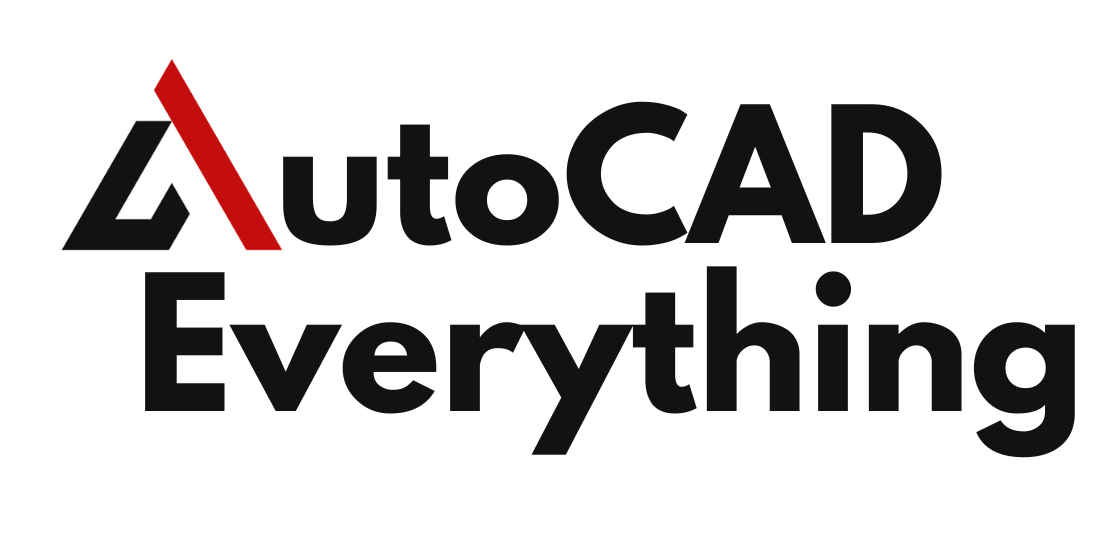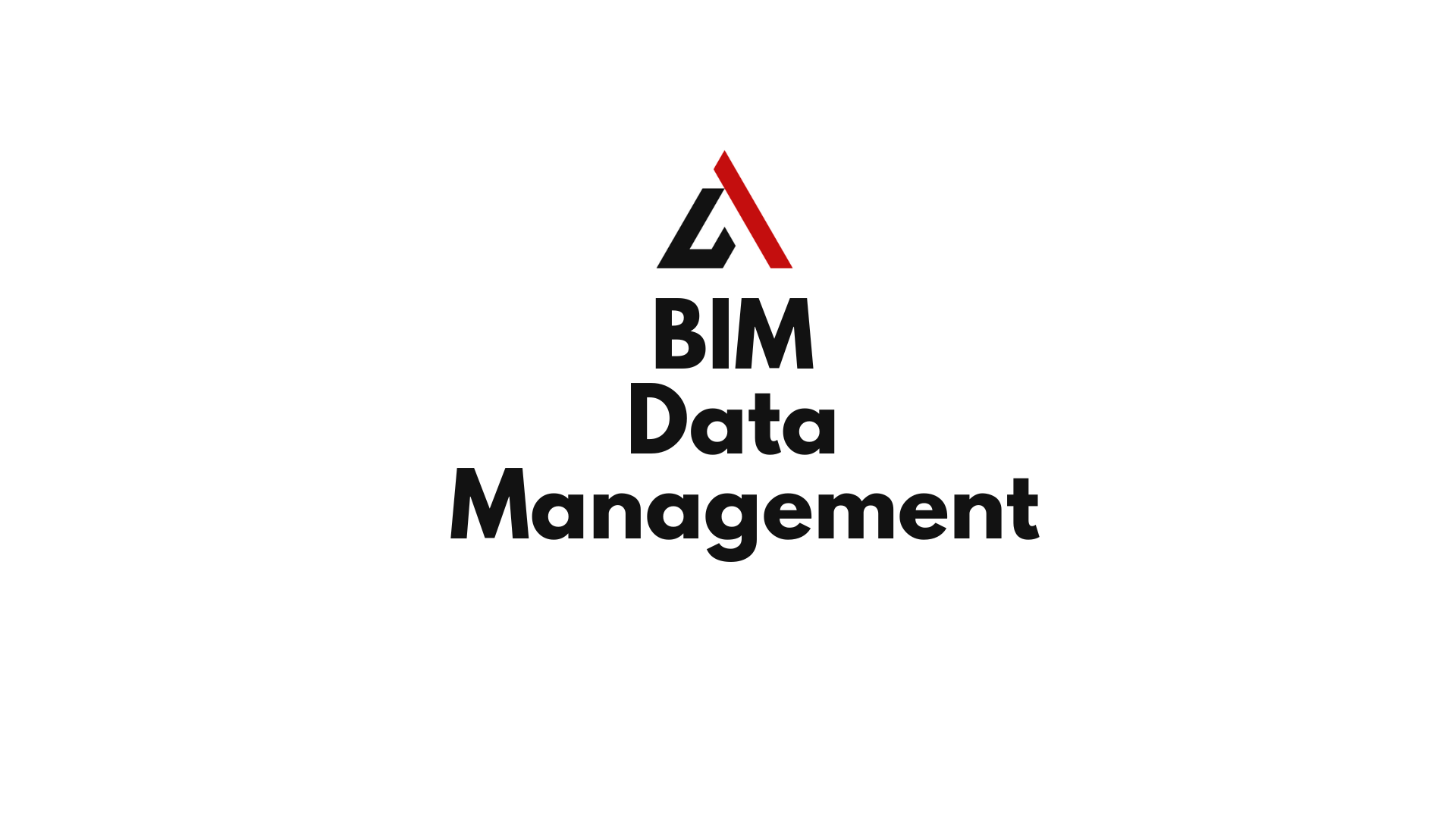Introduction
Building Information Modeling (BIM) data management is a crucial aspect of digital construction, ensuring that project data is properly organized, stored, and accessible to all stakeholders. With complex BIM models containing millions of data points—ranging from 3D geometry and material specifications to cost estimates and maintenance schedules—proper data management ensures project efficiency, accuracy, and seamless collaboration.
In this article, we will explore:
✅ The importance of BIM data management in construction projects.
✅ Best practices for organizing and storing BIM data.
✅ Key tools and technologies for effective BIM data management.
✅ Challenges and solutions in handling large-scale BIM data.
Table of Contents
What is BIM Data Management?
BIM data management refers to the process of collecting, structuring, storing, and maintaining digital information associated with a building or infrastructure project throughout its lifecycle.

Types of BIM Data
BIM data is typically categorized into:
- Geometric Data – 3D models, spatial relationships, parametric objects.
- Non-Geometric Data – Material properties, specifications, sustainability metrics.
- Metadata – Asset IDs, maintenance schedules, manufacturer details.
- Lifecycle Information – Cost estimates, procurement schedules, operation and maintenance (O&M) manuals.
Why is BIM Data Management Important?
Without proper data management, BIM projects can suffer from:
❌ Data silos – Information stored in disconnected systems, leading to inefficiencies.
❌ Version control issues – Multiple outdated file versions causing confusion.
❌ Collaboration breakdowns – Teams working on incorrect or outdated models.
Key Benefits of BIM Data Management
✔ Ensures Data Integrity – Reduces errors and inconsistencies in project data.
✔ Improves Collaboration – Provides a single source of truth for all stakeholders.
✔ Enhances Decision-Making – Enables real-time project insights and analytics.
✔ Optimizes Facility Management – Supports digital twins for asset tracking and maintenance.
👉 Example: A construction company using Autodesk BIM 360 centralizes all project models, cost data, and maintenance logs, improving coordination between architects, engineers, and facility managers.
Best Practices for BIM Data Management
1. Establish a Common Data Environment (CDE)
A Common Data Environment (CDE) is a cloud-based repository where all BIM data is stored, managed, and shared.
✔ Ensures real-time data access to project teams.
✔ Maintains version control, reducing confusion.
✔ Supports file format compatibility (IFC, RVT, DWG, COBie, etc.).
Popular CDE Solutions:
- Autodesk BIM 360
- Trimble Connect
- Bentley ProjectWise
👉 Example: A contractor using BIM 360 Docs can access updated architectural drawings and clash detection reports from anywhere, improving on-site coordination.
2. Implement BIM Data Standards (ISO 19650 & COBie)
BIM projects must follow international data standards to ensure consistency.
✔ ISO 19650 – Defines best practices for BIM information management.
✔ COBie (Construction Operations Building Information Exchange) – Standardizes asset and maintenance data for facility management.
✔ IFC (Industry Foundation Classes) – Supports OpenBIM interoperability across software platforms.
👉 Example: A government infrastructure project following ISO 19650 ensures that all BIM data is structured, classified, and easily accessible for long-term facility operations.
3. Automate BIM Data Structuring with Classification Systems
Using BIM classification systems organizes data for efficient retrieval and analysis.
✔ OmniClass – Categorizes materials, components, and work processes.
✔ UniFormat – Structures BIM elements based on functional groupings.
✔ MasterFormat – Standardizes construction specifications for procurement and costing.
👉 Example: A project using UniFormat organizes structural, MEP, and architectural elements systematically, improving cost estimation accuracy.
4. Secure BIM Data with Access Control & Encryption
✔ Implement role-based access control (RBAC) to restrict sensitive information.
✔ Use encrypted cloud storage for BIM data protection.
✔ Maintain audit trails to track who accessed or modified files.
👉 Example: A hospital construction project restricts medical equipment BIM data to authorized personnel, preventing unauthorized changes.
5. Optimize Data Storage for Large-Scale BIM Models
BIM models can be massive, requiring optimized storage solutions:
✔ Use cloud-based storage (Google Drive, OneDrive, Dropbox Business) for easy access.
✔ Implement file compression techniques to reduce model sizes.
✔ Archive older project versions to free up storage while maintaining history.
👉 Example: A stadium project uses Amazon AWS for scalable BIM storage, ensuring fast retrieval of complex 3D models.
Key Technologies for BIM Data Management
| Technology | Function | Popular Tools |
|---|---|---|
| Cloud-Based BIM | Real-time data sharing & collaboration | BIM 360, Trimble Connect, Procore BIM |
| BIM Databases | Store and manage large datasets | SQL Server, PostgreSQL, Autodesk Forge |
| Digital Twins | Real-time monitoring of built assets | Bentley iTwin, Dassault Systèmes 3DEXPERIENCE |
| Blockchain in BIM | Secure data exchange & ownership tracking | IBM Blockchain, Oracle Blockchain |
👉 Example: A railway authority integrates BIM and IoT sensors using a Digital Twin, optimizing maintenance schedules for railway tracks.
Challenges in BIM Data Management & Solutions
| Challenge | Solution |
|---|---|
| Unstructured BIM data | Use CDE platforms and classification systems. |
| Data interoperability issues | Adopt IFC and OpenBIM standards. |
| Storage constraints for large BIM models | Implement cloud storage & file compression. |
| Unauthorized data modifications | Use role-based access & version control. |
👉 Example: A high-rise construction project reduces interoperability issues by exporting Revit models in IFC format, enabling seamless collaboration between teams using different BIM software.
Future of BIM Data Management
1. AI-Powered BIM Data Automation
✔ AI will auto-classify BIM elements and suggest design optimizations.
2. Blockchain for Secure BIM Transactions
✔ Blockchain will track data modifications and ensure data integrity.
3. BIM & IoT Integration for Smart Buildings
✔ IoT sensors will feed real-time data into Digital Twins, enabling predictive maintenance.
4. Augmented Reality (AR) for BIM Data Visualization
✔ AR will allow facility managers to overlay BIM data onto real-world spaces for on-site asset tracking.
FAQs About BIM Data Management
1. What is the best way to store BIM data?
✔ Cloud-based CDE platforms (BIM 360, Trimble Connect, Bentley ProjectWise) ensure real-time access and data security.
2. How can BIM data improve facility management?
✔ BIM data provides asset tracking, maintenance schedules, and energy monitoring, optimizing building operations.
3. What file formats are used in BIM data management?
✔ Common formats include IFC, RVT (Revit), DWG, COBie, and BCF (BIM Collaboration Format).
Conclusion
BIM data management is critical for ensuring seamless collaboration, accurate project execution, and long-term facility maintenance. By using cloud-based CDE platforms, following BIM standards (ISO 19650, COBie), and optimizing data storage, AEC professionals can maximize efficiency and reduce costly errors.
For firms looking to future-proof their BIM workflows, adopting AI-driven BIM data automation, Digital Twins, and blockchain security will drive the next generation of smart construction projects. 🚀

